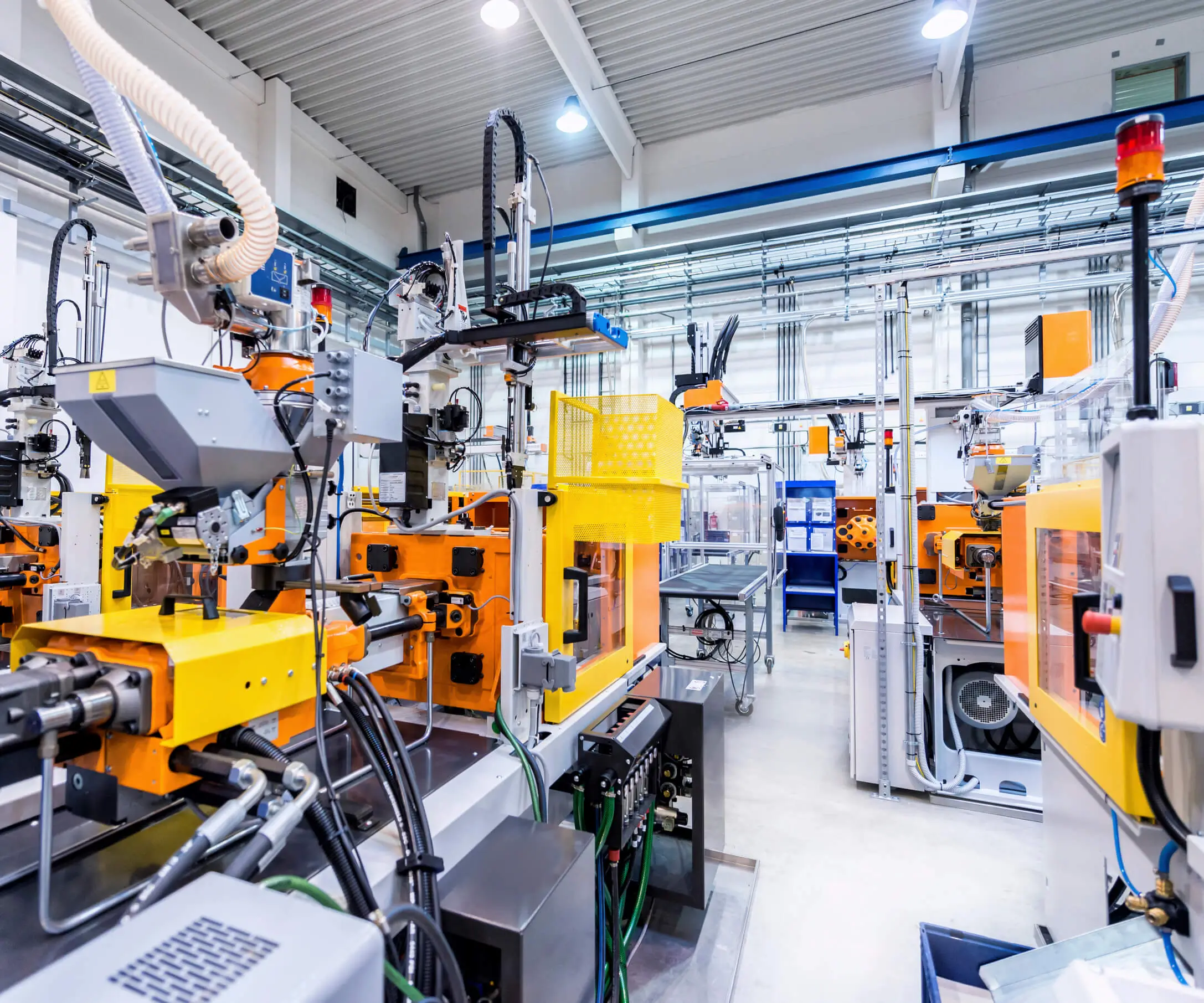When you're diving into the world of robotics and automation, one of the most common tasks you'll come across is controlling a servo motor. Whether you're building a simple project or something more complex, using an Arduino board to control these motors is a game-changer. But how exactly does it work? Let’s break it down.

What Is a Servo Motor, Anyway?
A servo motor is a small but powerful device that turns to a specific position based on the signal it receives. Unlike regular motors that spin continuously, a servo motor can rotate to precise angles and stop there, making it ideal for tasks like controlling robotic arms, camera gimbals, or even simple toys. Its versatility and precision are the key reasons it's so popular in DIY projects.
Why Use Arduino for Servo Control?
Now, Arduino boards are well-known for being beginner-friendly, but they also offer robust functionality for those who want to take their projects further. The reason Arduino is such a great match for controlling servo motors is its ability to send PWM (Pulse Width Modulation) signals. These signals tell the servo motor exactly where to turn. The best part? You don't need to be a coding expert to get started!
Getting Started with Servo Motors and Arduino
Here’s the exciting part: all you need is a few basic components: an Arduino board, a servo motor, and some simple code. You don't need a PhD to get this running, trust me. Just hook up your servo to the Arduino, upload the code, and voilà! You have a working servo motor.
The code itself is pretty simple. You can use the built-in Servo library in Arduino, which makes things even easier. Here's an example of what the basic setup might look like:
#include <Servo.h>
Servo myservo;
void setup() {
myservo.attach(9); // Attach the servo on pin 9
}
void loop() {
myservo.write(90); // Move the servo to 90 degrees
delay(1000); // Wait for 1 second
myservo.write(0); // Move the servo to 0 degrees
delay(1000); // Wait for 1 second
}
What If It Doesn’t Work Right Away?
Sometimes, things don’t work as expected, and that’s totally okay. For example, if your servo isn’t turning to the right positions, check that your wiring is correct. Double-check the servo pin and make sure it’s attached properly to your Arduino. You’d be surprised how often the issue is a simple connection error. Another thing to keep in mind is the power supply. Servos can draw a lot of power, and if you're powering the Arduino from your computer, it may not be enough for both devices. In that case, use an external power source for the servo.
A Few More Tips
When you’re experimenting with servos, there’s a lot of room to get creative. Want to control more than one servo? You can easily add more servos to the mix, just by assigning each one to a different pin on the Arduino. Want smoother motion? You can adjust the speed at which the servo moves by changing the delay times in your code.
There’s also room to control the servo based on inputs like sensors or buttons. Imagine using a simple light sensor to move the servo when it detects a change in light—this opens up a whole new world of possibilities for automation projects.
Why KPOWER?
Now, if you’re looking for top-quality servos to pair with your Arduino, KPOWER offers great options. Their motors are reliable, affordable, and deliver the precision you need for both small and large projects. Whether you're building a simple robotic arm or something more intricate, KPOWER's servo motors provide excellent performance without breaking the bank.
Working with servo motors and Arduino isn’t just about getting things to work. It’s about learning, experimenting, and ultimately understanding how these devices interact. The more you play around with it, the more you’ll discover how fun and rewarding it is to bring your projects to life.
With the right tools, a bit of patience, and a creative mindset, you’ll be well on your way to mastering servo motor control. So, go ahead—give it a try. Who knows what your next project could look like?
Established in 2005, Kpower has been dedicated to a professional compact motion unit manufacturer, headquartered in Dongguan, Guangdong Province, China. Leveraging innovations in modular drive technology, Kpower integrates high-performance motors, precision reducers, and multi-protocol control systems to provide efficient and customized smart drive system solutions. Kpower has delivered professional drive system solutions to over 500 enterprise clients globally with products covering various fields such as Smart Home Systems, Automatic Electronics, Robotics, Precision Agriculture, Drones, and Industrial Automation.




































